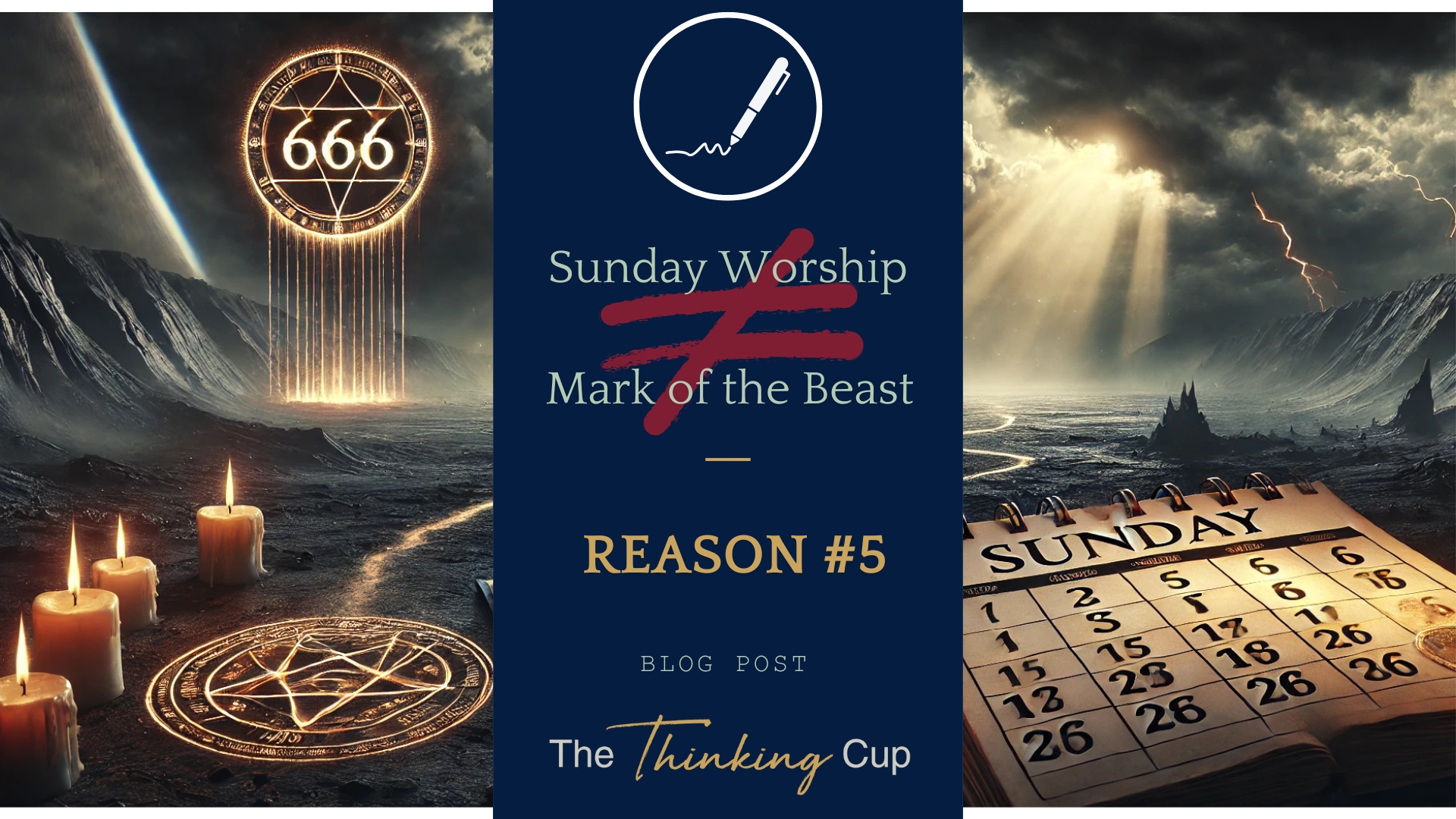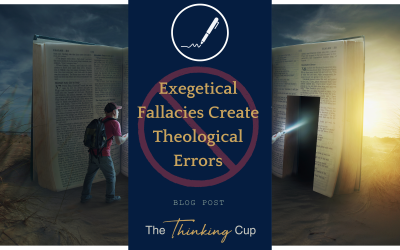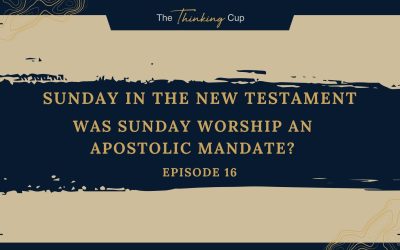Reason #5 – Broader Symbolism of the Beast’s Mark
The Mark of the Beast in Revelation is best understood as a symbolic representation of loyalty to the Beast’s anti-God agenda, starkly contrasting the “seal of God” described in Revelation 7:2-3, Revelation 9:4, and Revelation 14:1.
“Then I saw another angel ascending from the rising of the sun, with the seal of the living God, and he called with a loud voice to the four angels who had been given power to harm earth and sea, saying, “Do not harm the earth or the sea or the trees, until we have sealed the servants of our God on their foreheads.” (Revelation 7:2–3, ESV)
Interestingly, in this passage, the angel that is ‘ascending’ has the seal of the living God. This couldn’t be the Sabbath if the angel is bringing it and using it to seal the servants of our God on their foreheads.
If you move to Revelation 9, where we read about these crazy half-locust-half-scorpion-looking supernatural beings that are released from the bottomless pit, you will find that these beings can torment anyone who doesn’t have the seal of God.
“They were told not to harm the grass of the earth or any green plant or any tree, but only those people who do not have the seal of God on their foreheads. They were allowed to torment them for five months, but not to kill them, and their torment was like the torment of a scorpion when it stings someone.” (Revelation 9:4–5, ESV)
If the Adventist perspective is correct, then during this time period of chaos and mass destruction, Adventists would NOT be allowed to be tormented or killed. Instead, it would be those who DO NOT have the seal of God that would be tormented.
In context, this idea doesn’t follow the overarching concept of Revelation, which focuses on allegiance. In fact, the seal of God signifies allegiance to God, marked by a life of worship of God and reflecting His character and values, rather than being limited to outward practices such as Sabbath observance. Similarly, the Mark of the Beast represents a commitment to opposing God’s authority, demonstrated through worship and actions that align with the Beast’s oppressive and idolatrous systems.
Revelation emphasizes that allegiance to God or the Beast is ultimately determined by the heart’s orientation, as evidenced in worship, faith, and obedience, rather than by adherence to a specific day. This focus on a specific day, Sabbath or Sunday, underscores the spiritual and moral dimensions of loyalty, inviting those reading Revelation to consider the more profound implications of their choices and the impact of their actions in the cosmic conflict between good and evil.




0 Comments